It hasn't been too many decades ago, when playgrounds were made primarily of steel, with some wood accents. Color was rare, and kids of that era will tell you that after a play session, there was usually a red coating on their hands from the oxidized or rusty metal. Although those play spaces may have provided an outlet for physical exercise, they did little to inspire, provoke an aesthetic appeal, or lend comfort to the play experience.
Fast forward to the present day, and playgrounds are an inspiring mix of imaginative materials and aesthetic value, with hundreds of design configurations. Unlike the past, there exists a wide variety of raw materials to choose from that allow playground designers the same inspiration and creativity as the children they build environments for.
Gone are the days of plain steel and wood frames that looked like they belonged in a prison yard more than the local family park. Fortunately, the days of rust, splinters, and decay are in the past, as modern playground materials are safer, more durable, and environmentally conscious.
One of the most dramatic materials to emerge is the use of blended concrete and fiberglass substrates. When someone mentions fiberglass, it is most common to think of ubiquitous pink insulation, shiny boats, or sporty cars. This is true; fiberglass, which is simply very fine glass fibers, when mixed with a polymer matrix makes the material used to mold a variety of useful objects, including cars and boats. However, when combined in a careful recipe with cement, sand, and other materials, the resulting material is glass fiber reinforced concrete (GFRC), which can also be molded, and is being utilized to create fantastical stage sets for children's play.
Glass fiber reinforced concrete is a proven engineered composite building material. The glass fibers reinforce the concrete, much as steel reinforcing bars do in conventional construction. The glass fiber reinforcement results in a product with much higher flexural strength than normal concrete, allowing its use in thin-wall casting applications, allowing it to be sculpted over a traditional playground framework to create anything the imagination can allow.
GFRC play spaces are created by spraying a series of layers of polymer-concrete material over a framework, then carving the material into the desired shape. Once cured, the resulting component is meticulously hand painted to create a realistic look, then shipped to the installation site to be assembled in a very exacting process that ensures durability and longevity of the overall design.
It is not unexpected to find huge castles, trees, or pirate ships, resplendent with all the details found in the finest movie set. GFRC can be utilized to build a play space that tells a story and links a community’s heritage and culture. GFRC has also made a major contribution to historical restoration because of its fine texture, which allows correct replication of building ornamentation. Because of its very low shrinkage, molds can actually be made from existing structural ornamentation, then cast in GFRC to perfectly replicate the original designs.
Modern playgrounds are also incorporating science-based technology with angular designs that incorporate nets, light, and sound for an ultra modern look and aesthetic. Today’s play nets, thanks to updated manufacturing specifications, are built to endure and can be found in freestanding elements, as well as twisting among and through a composite play structure to mimic the feel of high ropes courses in a compliant youth-focused setting. Children find net climbing irresistible, the free form designs allow them to shape their own climbing experience and decide which way to step next, while the flexible feel under hand and foot demonstrate a level of challenge that inspires concentration and skill development.
The discovery of clear substrates that withstand outdoor conditions has also resulted in a new mode of play. While exploring the new play space at Freedom Park in Charlotte, NC, children were found to be enjoying this technology to the fullest by way of colorful, transparent roof panels and play components. The panels, while lending an air of beauty to the space, also functioned in a surprising way, casting colorful patterns on the wood surfacing that emerged with the sun as it appeared from behind the clouds. Children discovering this surprise element shrieked with joy and ran to dance and play on the colored patterns cast on the ground.
Other complementary elements, like transparent substrate pattern panels, created similar patterns on the ground that children controlled by spinning a dial in the center of the panel. This cause and effect element created a kaleidoscope of shifting color that delighted both the child who manipulated it, and those on the ground who could run around on the shifting pattern.
Clear materials are also being used for large play components like climbing walls. Unlike opaque materials, they offer obvious supervisory sight lines throughout the component, and help to beautify the space by allowing the natural beauty of the surroundings to show through.
Sound is also emerging as a fun, discoverable element on the playground. Sound chips can be embedded in surfacing, encapsulated in play panels, or stationed on an upright to create a new dimension in play. Because many sound components are not obvious, children will suddenly find them when they step on a colored circle in poured in place rubber, for example, or touch their hand to a play panel. The sound components can also be embedded in an obvious visual cue, and with this technology, informal learning can be incorporated into the play environment, for instance sharing information about indigenous animals, local history, or even science-based facts like our solar system. Sound panels are commonly used to reinforce a theme; for example, in a nature-focused space they could be used to teach about plants as sources for food, medicine, and oxygen.
Another focus of playground materials, though not new, is the use of recycled materials. From highly resistant plastic that prevents milk jugs from entering the landfill system to steel and aluminum that enjoy an endless ability to recycle (unlike plastics, they don't lose tensile strength with repeated recycling), playgrounds made of recycled material are more common and offer the green-conscious customer a wider selection of attractive, environmentally responsible product to choose from.
It’s important to note that playground materials that are growing in popularity aren’t limited to the manmade. Natural materials like plants are increasingly used to add both aesthetic appeal and play value. Plants can be used as natural fences to surround a play space and direct/limit traffic. They can be designed to create fun mazes, using both formal design, like boxwood or privet, or informal design like grass mazes. Plants also are a wonderful source of loose parts for play – stones, nuts, pinecones, leaves, and twigs make great building materials, imaginative props, and play pieces. Including natural plantings in play spaces may also help to foster an appreciation for nature in children, as well as help bring nature to urban areas where it may be lacking.
Whatever your design preference in materials, it is important to talk to your playground representatives about the options, and ask, “What’s new?” Playgrounds are making huge strides in innovation, and as new materials are being incorporated all the time, the wide range of options may not be immediately apparent to those of us whose exposure to play spaces is visiting what already exists. Be sure to do your research and be aware of the many options, so that when it’s time to add a play area, you’ll have all the options at your discretion to help make your community play space the best it can possibly be!

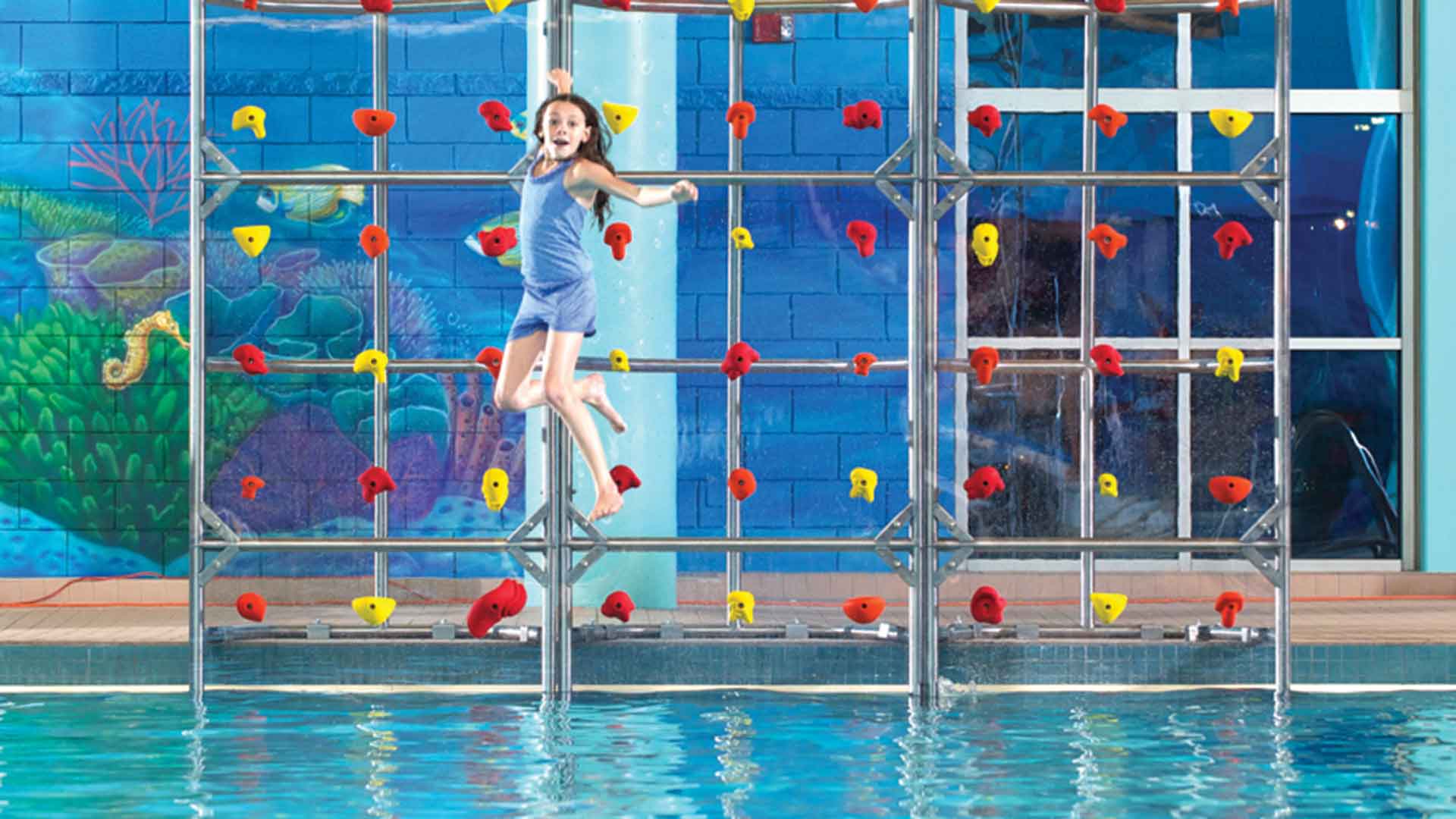

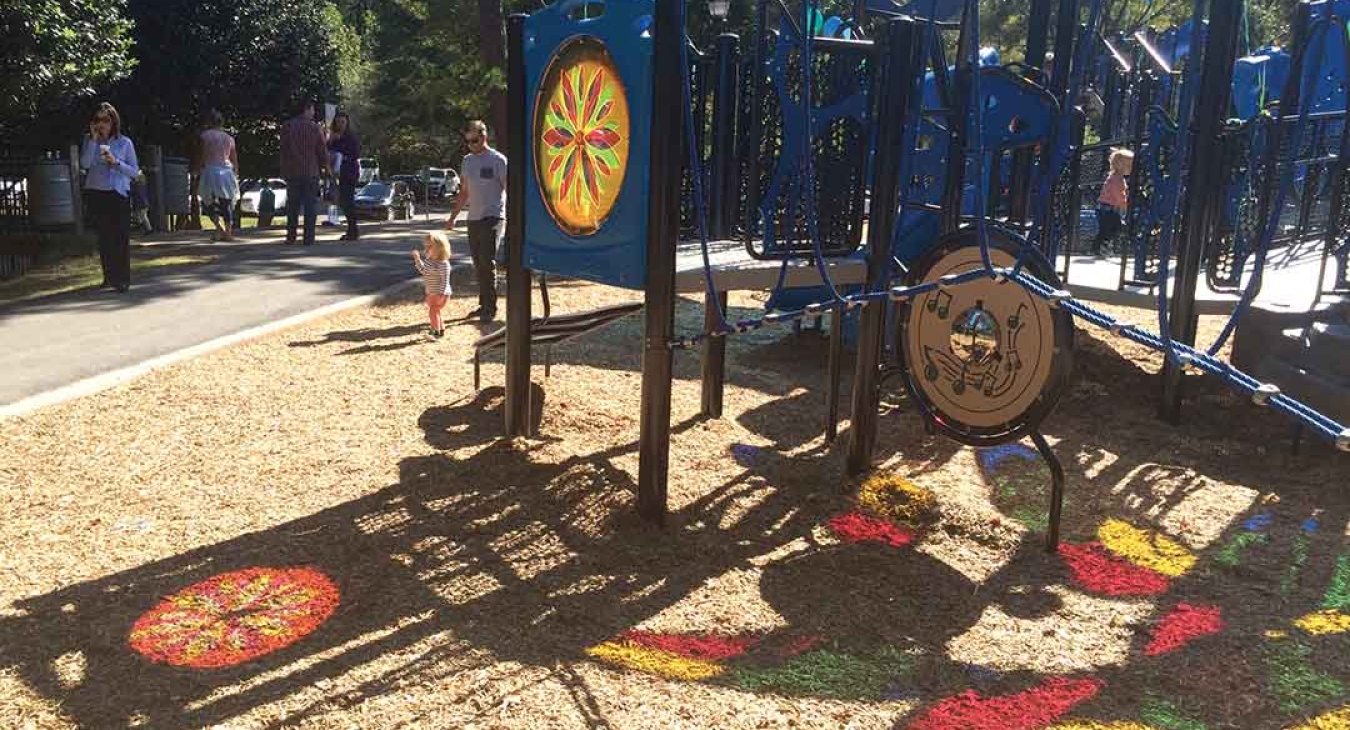
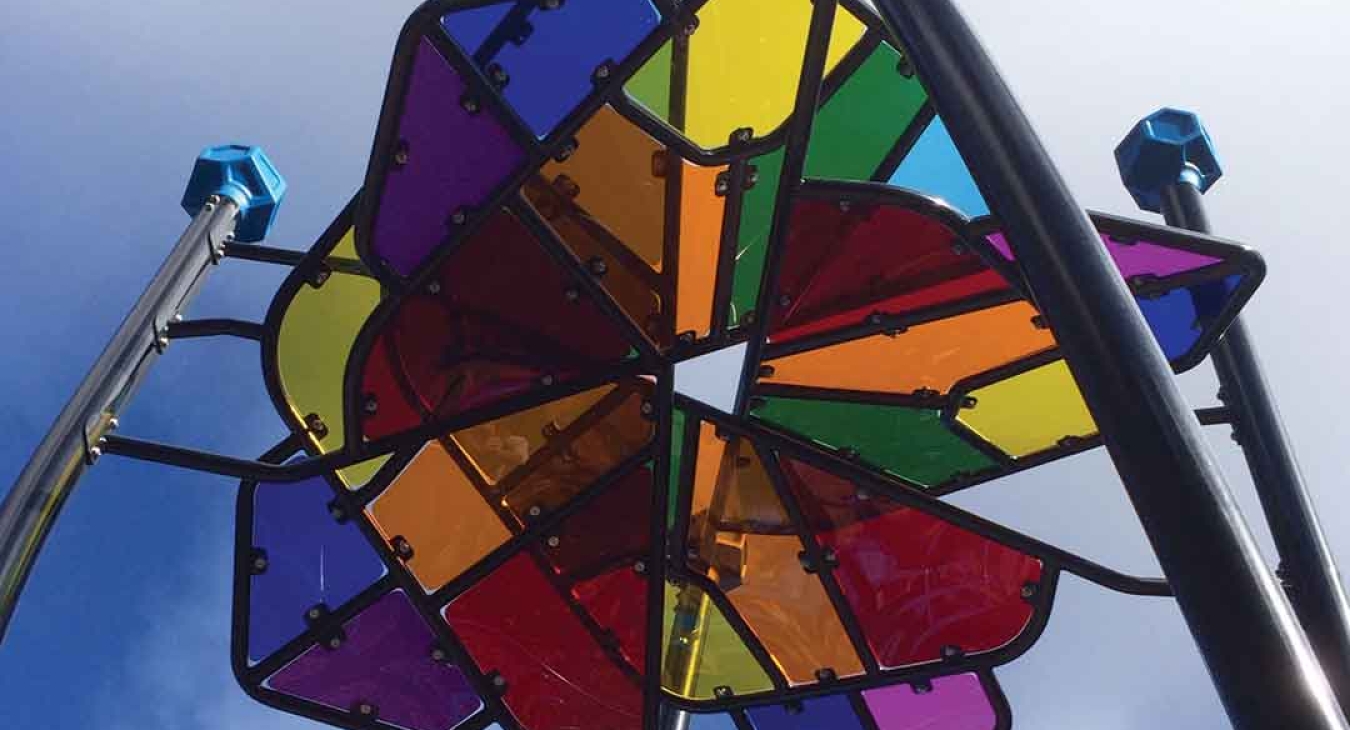
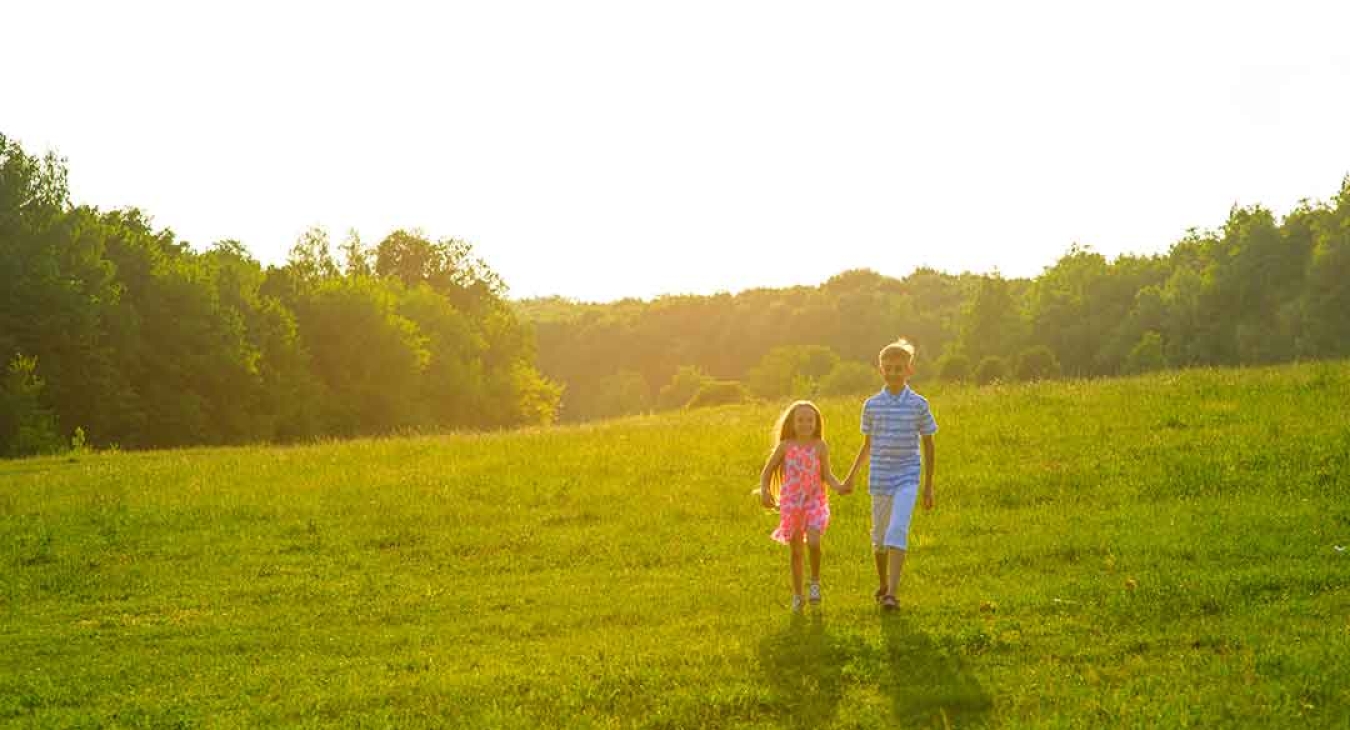
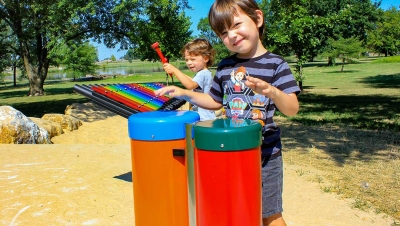
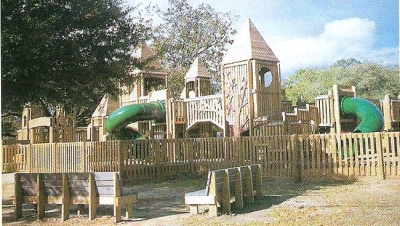
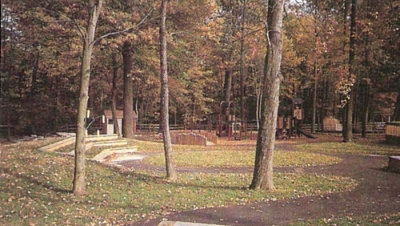
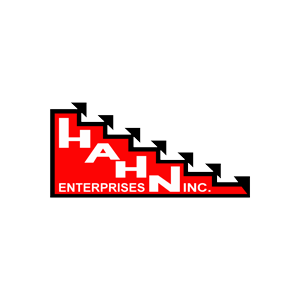
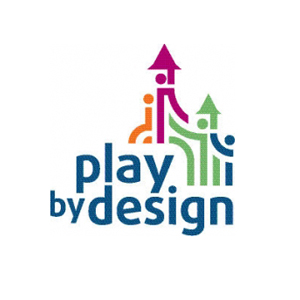
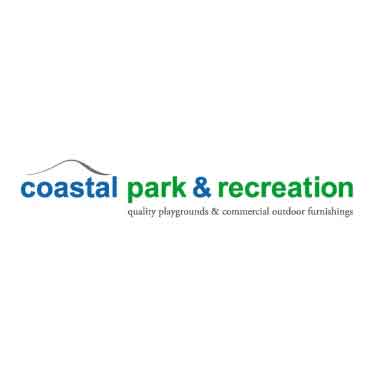

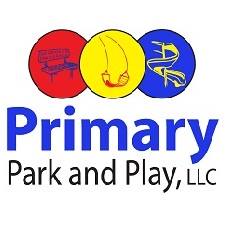


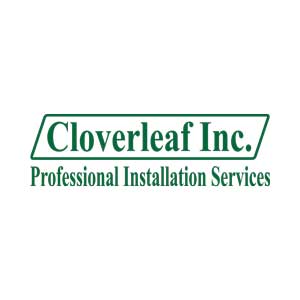
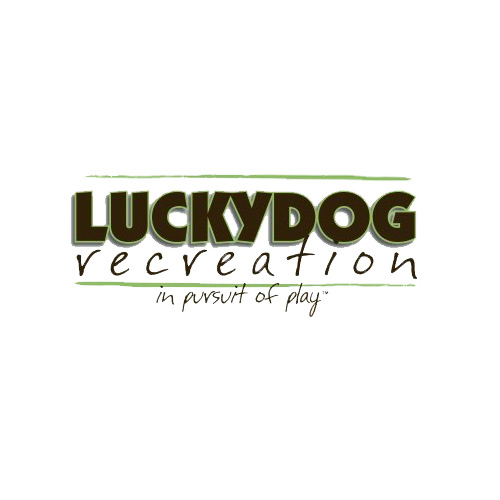
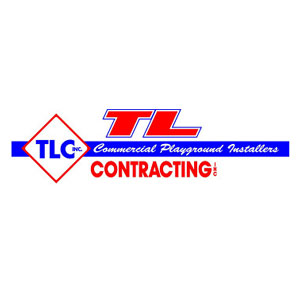
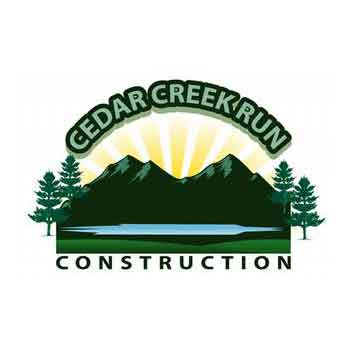

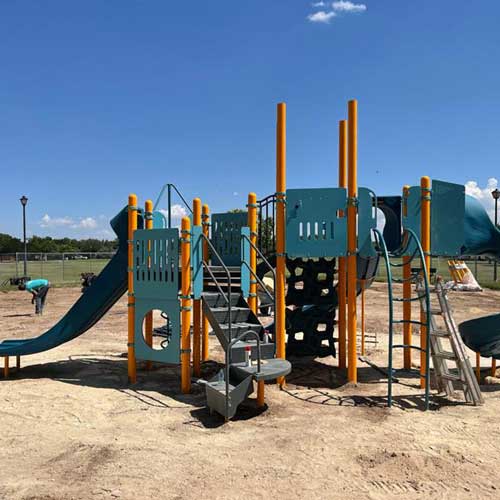
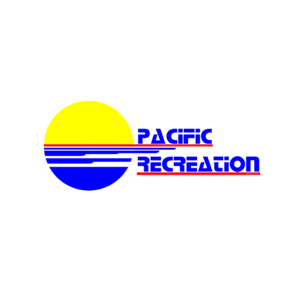
Add new comment